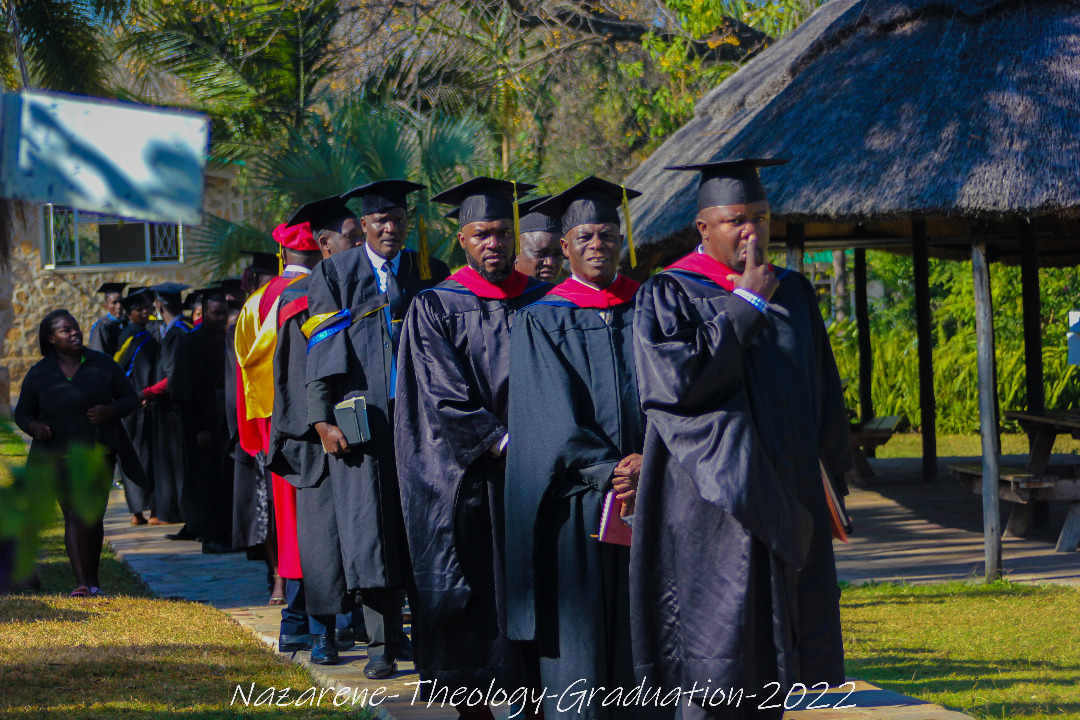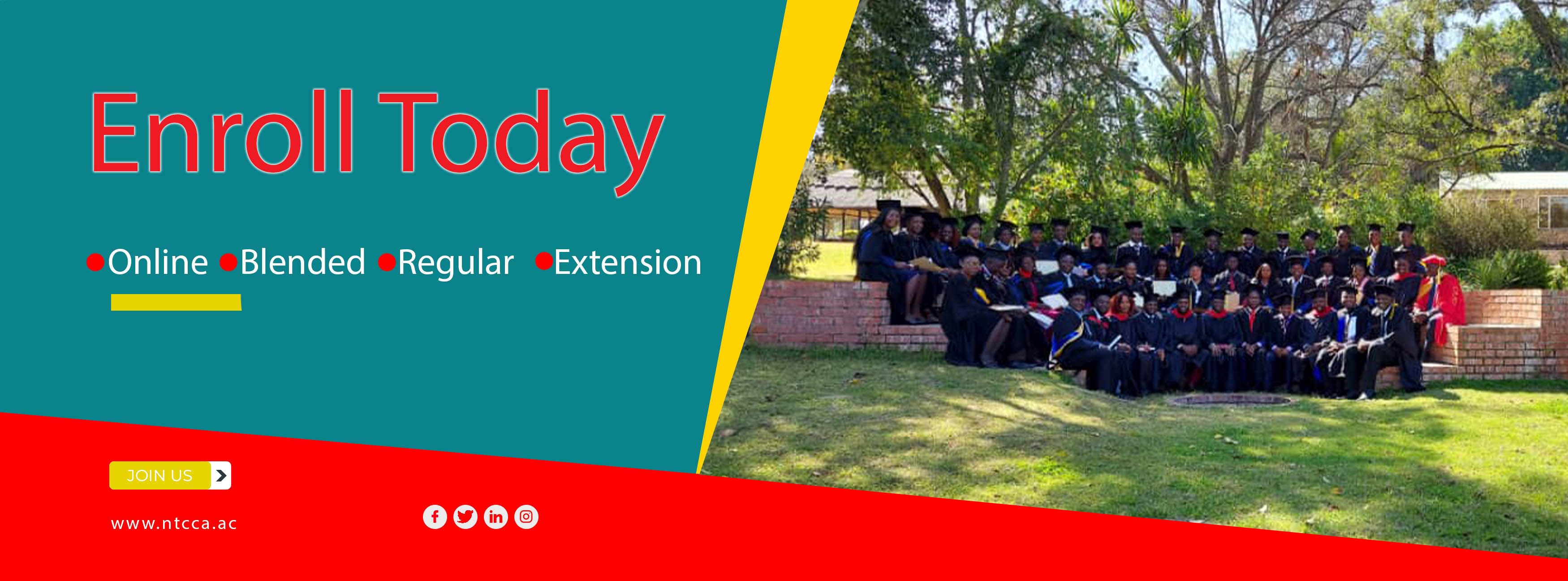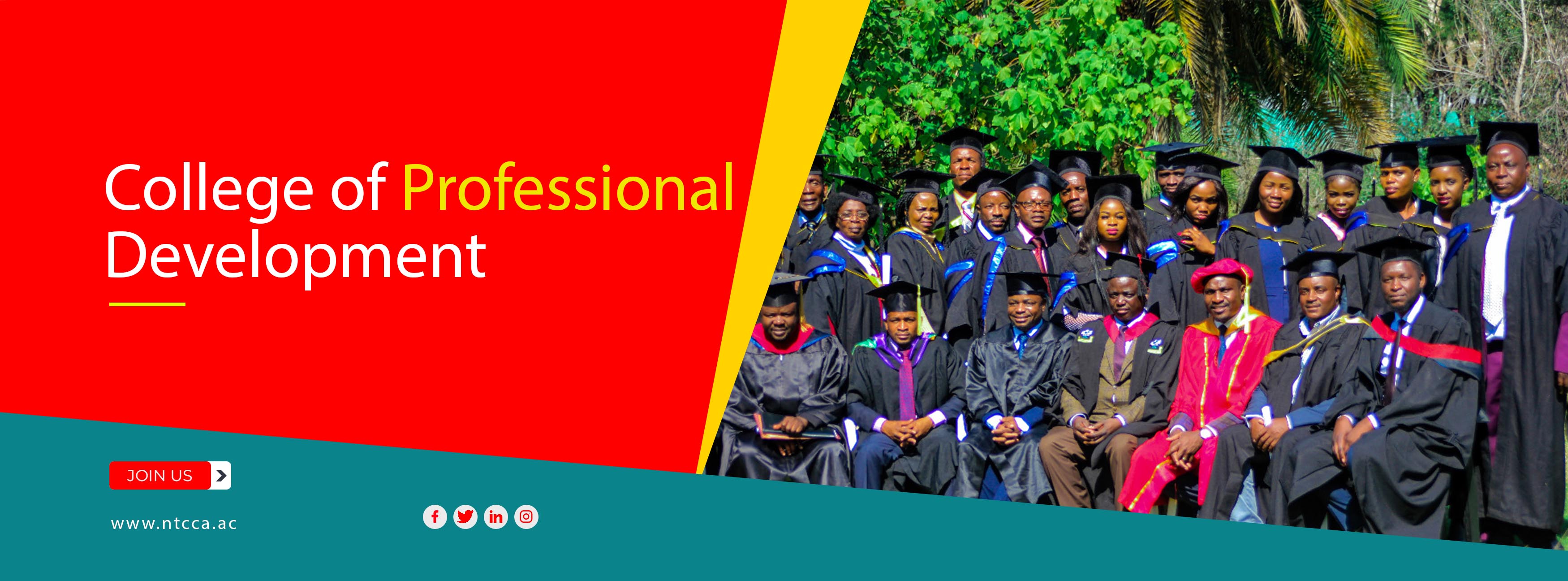After the election of Jerald Johnson as a general superintendent in June 1980, the General Board elected L. Guy Nees as his replacement.[76] During his six years of leadership, Nees appointed directors for each of the six missions regions, who supervised the establishment of administrative offices in each region.[77] The 2nd Commission on Internationalization recommended that regional directors should be born in the region, but this recommendation has never been implemented fully. The 1985 General Assembly allowed "cultural adaptations of local, district, and regional church government procedures", approved the creation of regional advisory councils and conferences, and national administrative boards.[78] In 1989 the 3rd Commission recommended that the Church of the Nazarene should be a "denomination of districts (not nations)", and that districts and regions should follow geographical rather than racial or ethnic lines. The 1989 General Assembly stated three principles for internationalization: "(1) shared mission; (2) national identity; and (3) indigenization"; prohibited districts being constituted on the basis of ethnicity; explicitly rejected the idea of a commonwealth or federation of the denomination, in favour of it being a "global family"; and created a Commission on the International Church.[79] In 1999 incoming professor of missions at Nazarene Theological Seminary Mario Zani indicated that the biblical concept of koinonia, the fellowship "that transcended any differences, assignments, or titles", should be the basis of the development of the Church of the Nazarene. Zani critiqued the idea of internationalization as being too predetermined and focused on strategies and administrative policies, whereas he advocated the denominational goal should be globalization, which he defined as "that process by which we become sensitized and responsive to the multi-cultural, multi-lingual, multi-ethnic, and multi-national world of which we are a part."[80] Zani concluded that though the Church of the Nazarene was "international from its conception, it was not truly global."[81] By the 2001 General Assembly, held in Indianapolis, 42 percent of delegates present and voting were not native English speakers. In 2011 68 percent of Nazarene members and 82 percent of the church's 439 districts are outside the United States. However, general secretary David Wilson reported that at the 2009 General Assembly that 562 delegates present and registered were from the US and Canada (55 percent) and 461 delegates were from other world regions (45 percent).[8] As many elected delegates from outside the United States could not attend the General Assembly due to US immigration policies, financial or other reasons, the General Assembly authorised the creation of "a committee to address the concern that a high percentage (as many as 40 percent in some world regions) of non-North American/non-United States delegates are unable to attend a General Assembly".[8] Since the Church of the Nazarene's quadrennial General Assembly is based on representation from districts from 162 world areas, the 2009 General Assembly was probably one of the most racially and linguistically diverse general meetings of any religious body that originated on American soil. At the 2009 General Assembly the delegates voted to create a global Manual that would be streamlined in comparison to recent Manuals, consist of the foreword, and Parts I, II, and III of the current Manual, and would also include parts of the Manual that are global in scope, retaining the universally appropriate polity and principles." The General Assembly authorised the different regions to adapt the Manual to fit specific cultural contexts and would function as a "regional Manual policy handbook."[8] For the quadrennium that started in July 2009, the General Board had 44 members representing the church's then 15 regions, and an additional four members who were elected to represent Education (2), Nazarene Youth International, and Nazarene Missions International. Of the 48 members elected, 27 (56%) were from outside the US, and 21 are US citizens. Five were women.[82][83] The General Board elected at the 2013 General Assembly comprised 48 people, of whom 18 represented the US's then 8 regions, while 2 represented Canada, and 28 represented regions located outside of North America, with the additional 4 representing Education (2), Nazarene Youth International, and Nazarene Missions International. Five were women, including the NMI Global Vice President Lola Brickey of the USA
Developments after 1980












